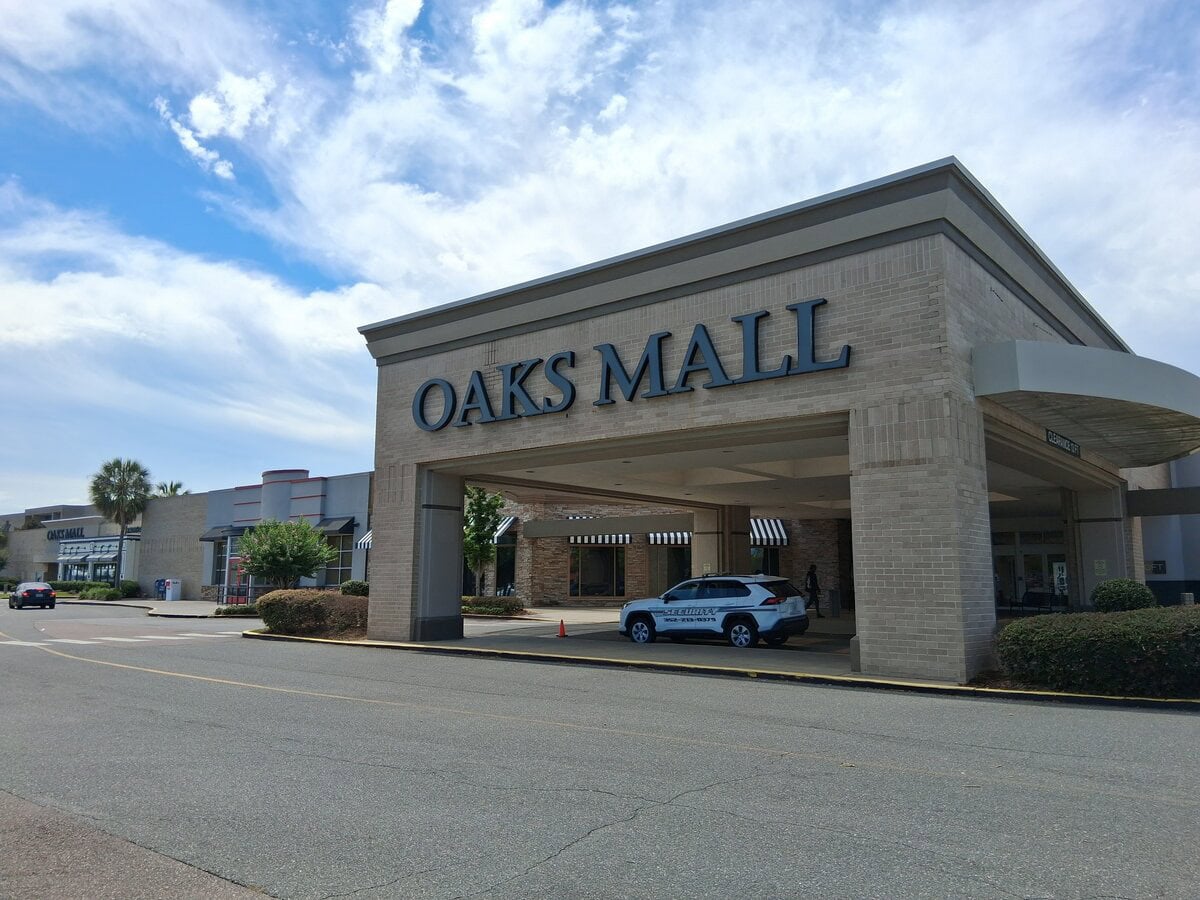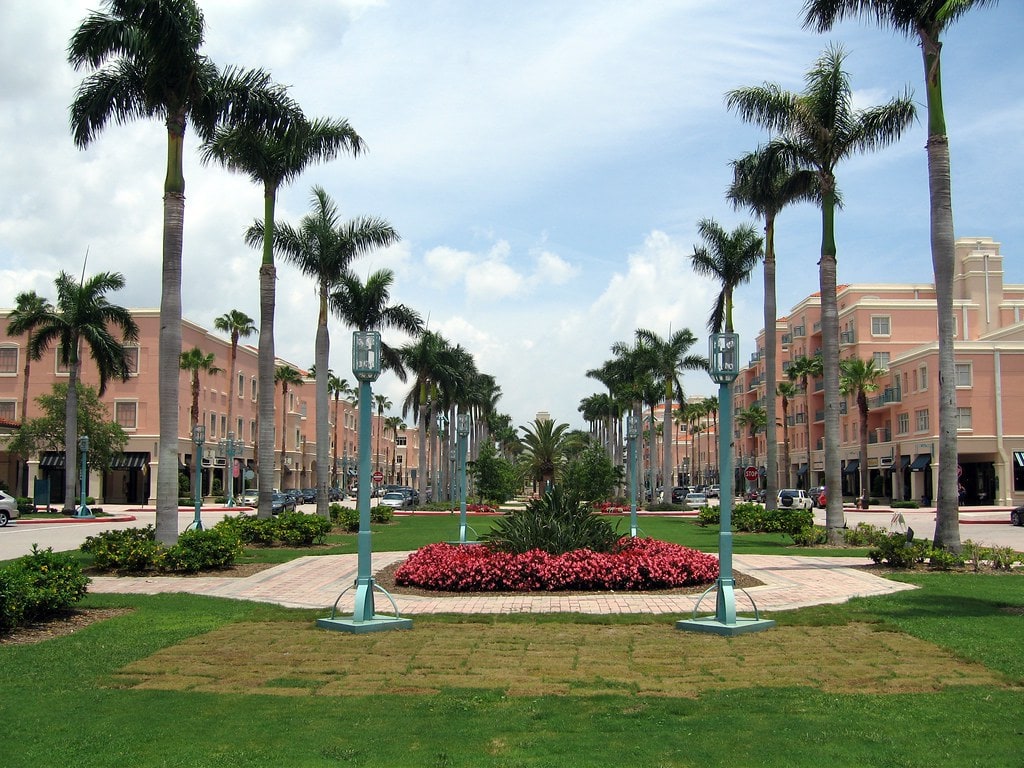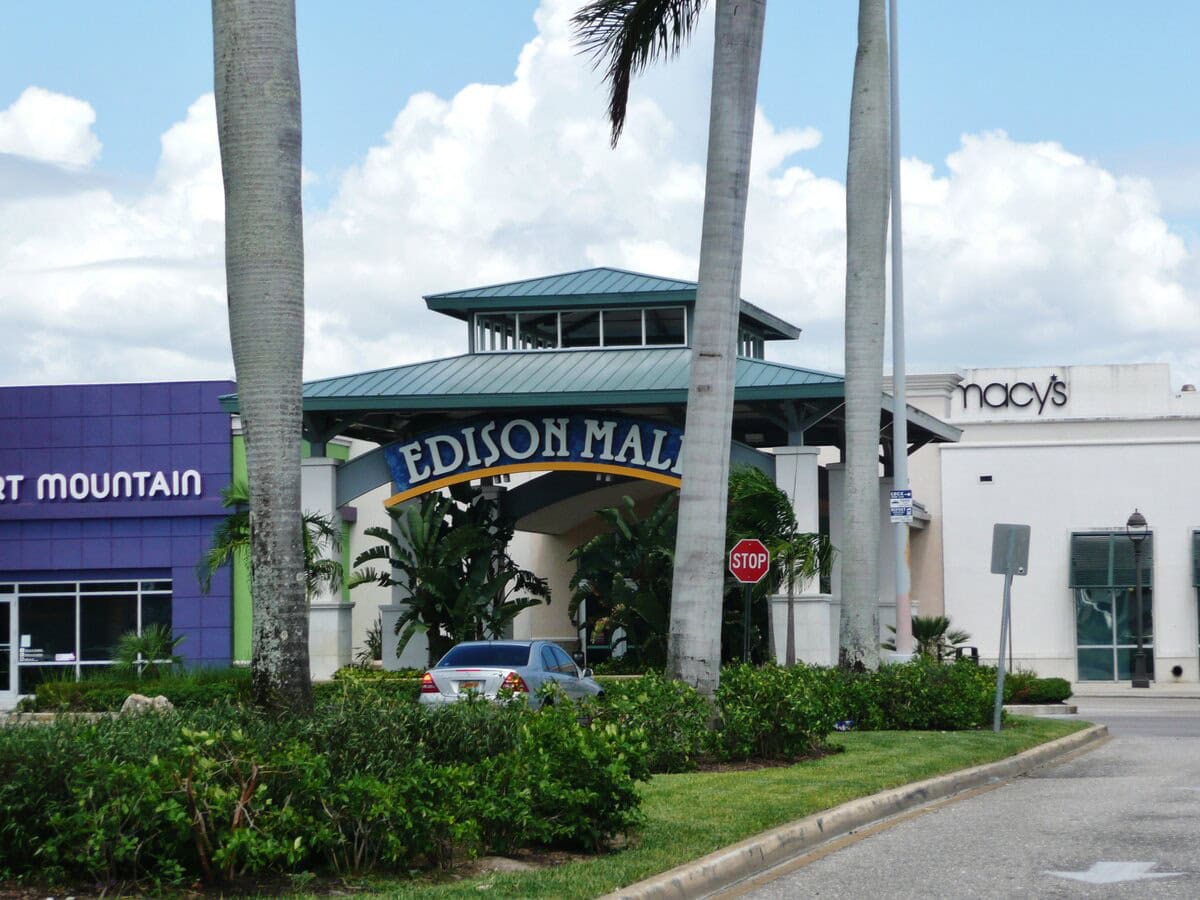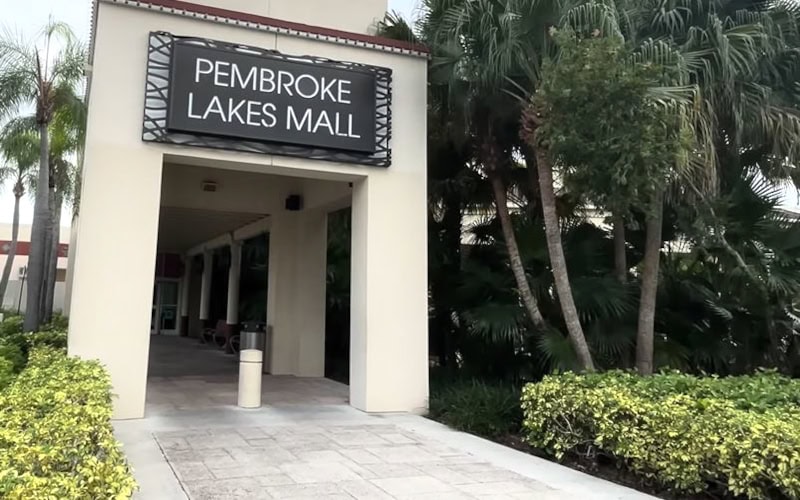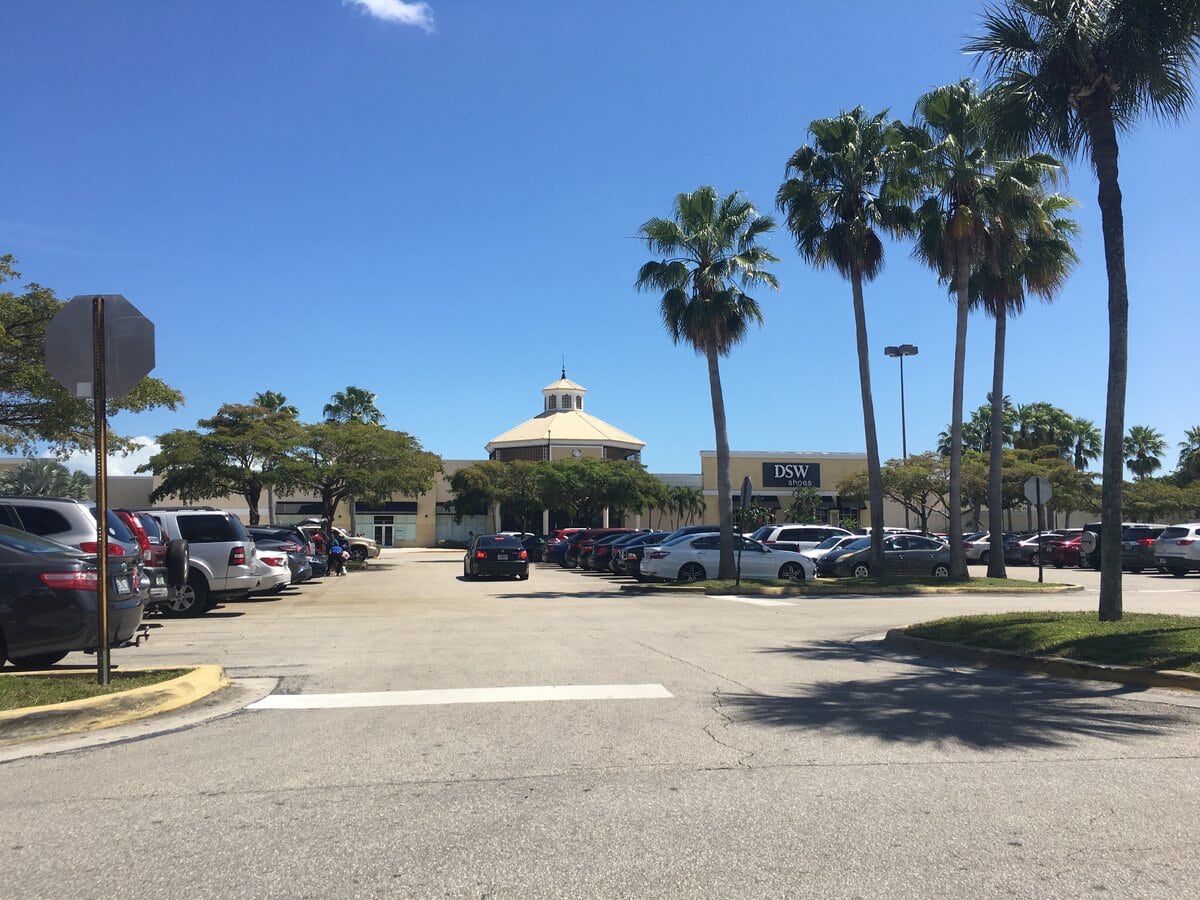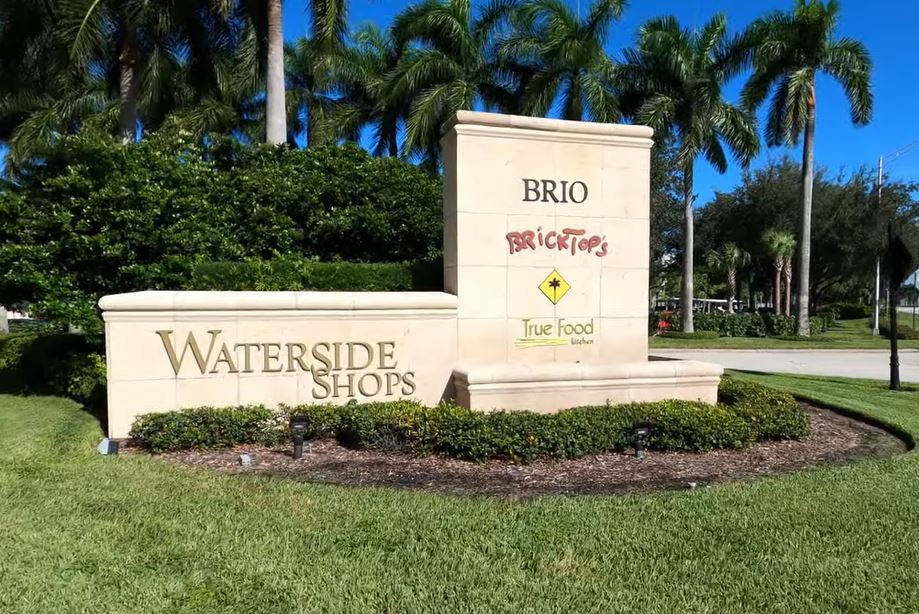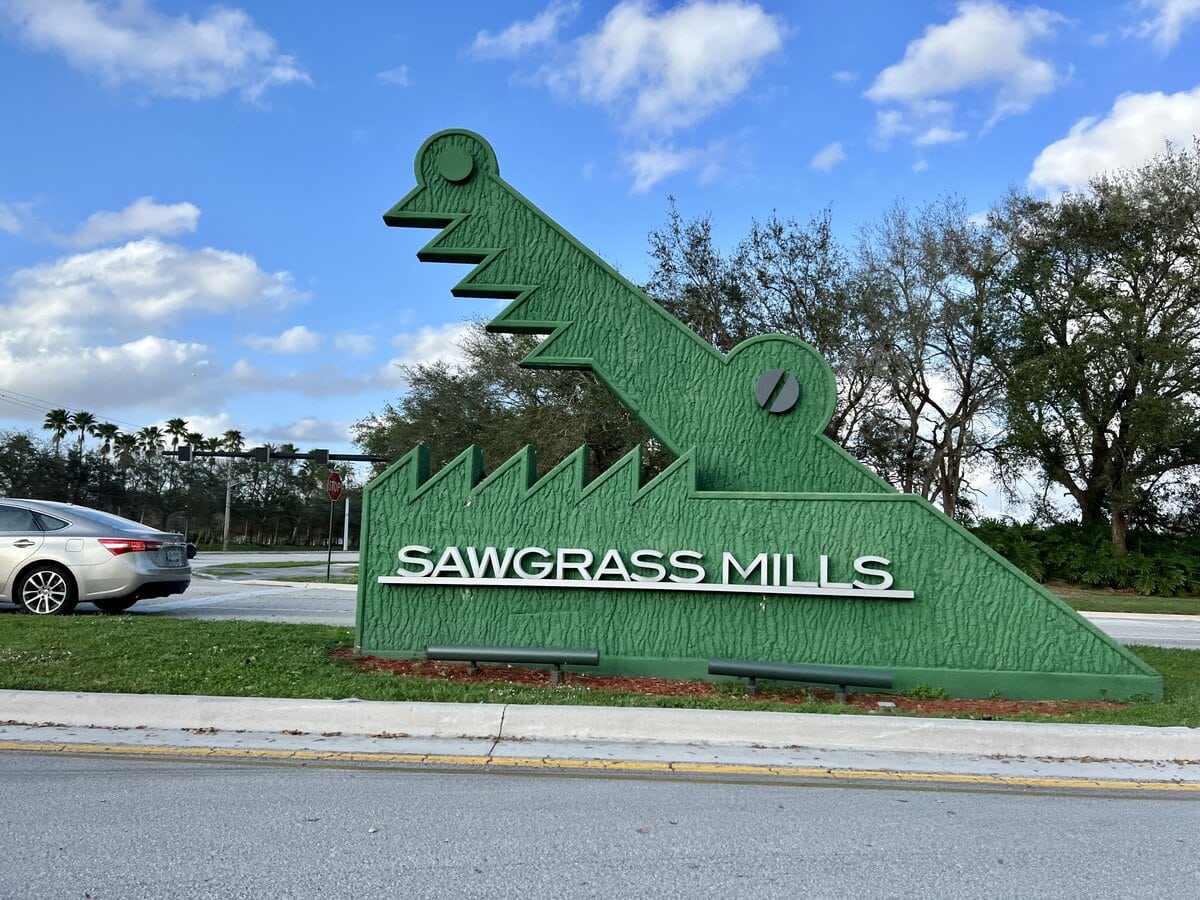When Orlando Went Big
In 1986, Orlando wasn't short on attractions, but retail hadn't yet followed the same script.
Then The Florida Mall opened, and everything about it was scaled for impact: six anchors, a hotel, and over a million square feet of leasable space.
It didn't just pull from local shoppers, it became a draw for visitors already eyeing theme parks.
Sitting just off Sand Lake Road and Orange Blossom Trail, the site filled quickly.
For many locals, that was when a trip to the mall became something more than routine. It became one of the top things to do in Orlando, Florida.
Land Deal to Lease Agreement - The Founding Years
Before there was a mall, there was paperwork, years of it.
The Florida Mall took shape over the span of five years, from 1979 to 1984, under a joint venture between DeBartolo Realty and JCP Realty, Inc., a subsidiary of the J.C. Penney Company.
The developers chose a plot in unincorporated Orange County, where major roads like US 441 and State Road 482 cross, with easy proximity to the airport.
Location was the pitch, but scale did the rest.
When the doors opened on March 12, 1986, the initial anchor tenants were JCPenney, Sears, Belk, and Robinson's.
The layout borrowed cues from other DeBartolo properties.
Coral Square informed the ceiling and spatial design, while Aventura Mall served as a loose blueprint for future expansion.
It was not a slow build. It was immediate, and it was large.
Shoppers filled the walkways within weeks. The idea wasn't boutique retail, it was volume.
The mall opened with a footprint of over 1.6 million square feet, aimed directly at the regional market and beyond.
Orlando didn't have another retail space that could match it, and for a while, neither did Florida.
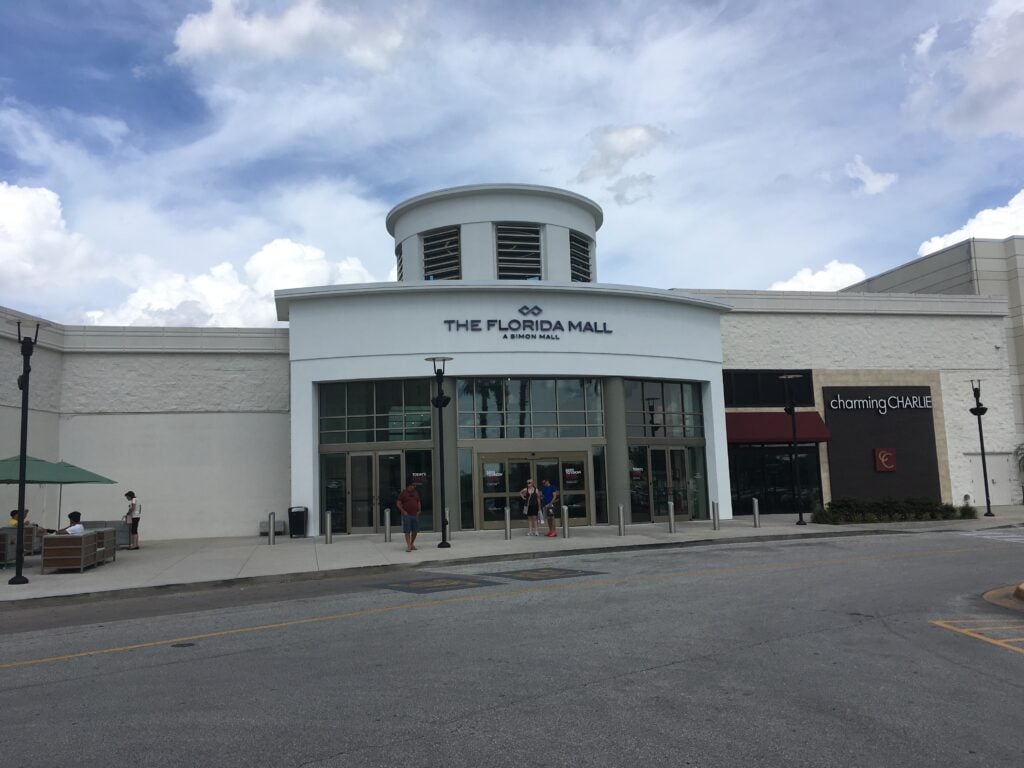
Anchor Turnover and Retail Repositioning (1987-2004)
By the end of the mall's first year, turnover had already started.
Robinson's, one of the original anchors, was gone by August 1987, replaced by Maison Blanche.
That change marked the beginning of what would become a revolving door of anchor identities over the next two decades.
Gayfers took over in early 1992 after Mercantile Stores picked up the Maison Blanche locations.
From there, it shifted again in 1998 to Parisian and then to Lord & Taylor in 2002.
The hotel connected to the mall followed its own timeline.
After opening as Crowne Plaza, it switched to Sheraton Plaza in 1988, then to Adam's Mark in 1996.
Another ownership change in 2004 brought in the Bank of Scotland and a new name: The Florida Hotel & Conference Center.
Dillard's entered the picture in 1991, opening two locations at once on previously undeveloped anchor pads.
Later, the two stores consolidated into one larger unit at the east end.
That freed up the southeast section, which was demolished and replaced by a new wing.
Burdines opened in that new area in 1999.
Nordstrom arrived in 2002, one of the last major department store expansions in the region.
It occupied a freshly built space that extended the east wing even further.
Around the same time, Lord & Taylor moved into the former Parisian space.
By 2003, Burdines and Macy's had merged, and the nameplate officially became Macy's by 2005.
Each switch brought renovations, changes in layout, and updates to facades.
Most were responses to national retail trends, but on-site work often moved fast.
Local real estate teams adjusted leases and signage as branding shifted.
New Concepts, Demolitions, and Space Reuse (2005-2015)
By 2005, the reshuffling pace hadn't slowed. The mall kept reshaping outdoor areas, too.
After Lord & Taylor shut down in 2006, that anchor was demolished.
The land was rebuilt into a new outdoor retail zone featuring Forever 21, H&M, and Zara, which opened in 2009.
American Girl joined that lineup in the fall of 2014, occupying a dedicated storefront.
Macy's was fully in place, but Saks Fifth Avenue closed in 2014 as part of a company-wide exit from weaker-performing markets. That space didn't sit idle.
It was razed, redesigned, and turned into the new Dining Pavilion - a 105,000-square-foot food hall built from the foundation up.
The old food court was repurposed for more retail space and smaller restaurants.
Nordstrom, once seen as a long-term tenant, left in August 2014 after opting not to renew its lease.
That choice reflected national shifts in luxury department store strategy.
By June 2015, the former Nordstrom space had been converted.
Dick's Sporting Goods took one half, and the Crayola Experience opened in the other, targeting the family demographic with a walk-through attraction and retail hybrid.
Through this period, larger trends hit every regional mall: consolidation, closures, and the rise of single-category chains.
The Florida Mall handled them by cycling square footage into different uses.
It wasn't expansion for expansion's sake.
Each demolition, leaseback, or reconfiguration is tied to real estate moves to preserve shopper volume and keep the asset viable.
The site stayed full, but the brands behind the walls kept changing.
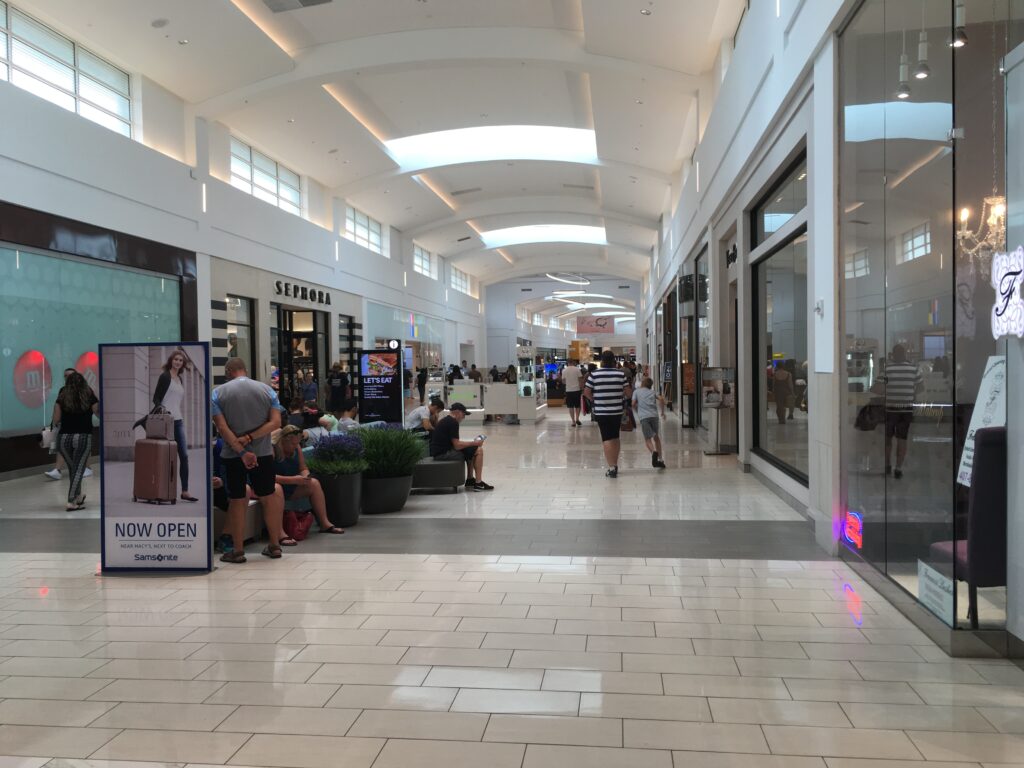
Anchor Shifts and Leasing Math in a Post-Outlet Era
By 2023, reshuffling wasn't just inevitable, it was the operating model.
Forever 21 vacated its prominent outdoor plaza spot near American Girl and downsized into a smaller unit beside the Dining Pavilion.
No formal explanation, but the logic was easy to read: lower rent, lower exposure, less overhead.
The brand stayed on-site, but it gave up square footage to hold its place.
Primark took over the larger space on August 29, 2024. That wasn't a quiet arrival.
The new layout leaned hard on Disney-branded stock, which made sense considering the proximity to resort corridors and airport transit lines.
It filled a retail hole quickly, and with better margins on themed inventory.
The timing tracked with broader trends, fast fashion pulling in tourist traffic, while older national chains hedged on store counts.
The main anchors held steady into 2025. Macy's, Dillard's, JCPenney, and Sears still ran large-format footprints, though Sears sat mostly quiet.
Dick's Sporting Goods and the Crayola Experience, both installed in the old Nordstrom shell, offered separate draws.
The plaza outside still carried H&M, Zara, and American Girl.
Attached to it all, the Florida Hotel & Conference Center kept its 511 rooms in circulation.
It functioned more as infrastructure than an amenity now, but it gave the mall a stable hospitality edge without needing daily reinvention.
Events, Incidents, and Retail Churn in the Present Tense
The Florida Mall still moves traffic. On holidays, during promos, and on long weekends, it fills.
And sometimes, it jolts.
On February 16, 2025, a man in his 20s accidentally discharged a firearm while adjusting it inside the mall.
No one else was injured. Security locked in quickly, police confirmed it wasn't an active threat, and operations resumed that same day.
There wasn't much visible damage, but the episode marked one of the few incidents in recent memory to break routine.
Seasonal scheduling went on unaffected. Easter Sunday 2025 ran a limited 11 a.m. to 7 p.m. schedule, timed for tourists flying in and out.
By May, prep was underway for Music @TheMall, set for May 31, with live sets, brand tie-ins, and seven hours of noise and flash across the common areas.
Meanwhile, Crayola Experience added an animated theater feature in late 2024.
It wasn't headline-worthy, but it helped stretch its lifecycle as a destination.
Families still passed through, and the updated format gave them one more stop before lunch or after shopping.
The basics kept humming. Food stalls ran full menus, retail hours were held, and security stayed visible without becoming theatrical.
The mall didn't operate like a time capsule, it flexed, re-leased, booked events, and reset storefronts.
But under that churn, the core stayed the same: keep foot traffic steady, keep square footage filled.
Everything else was adjusted.
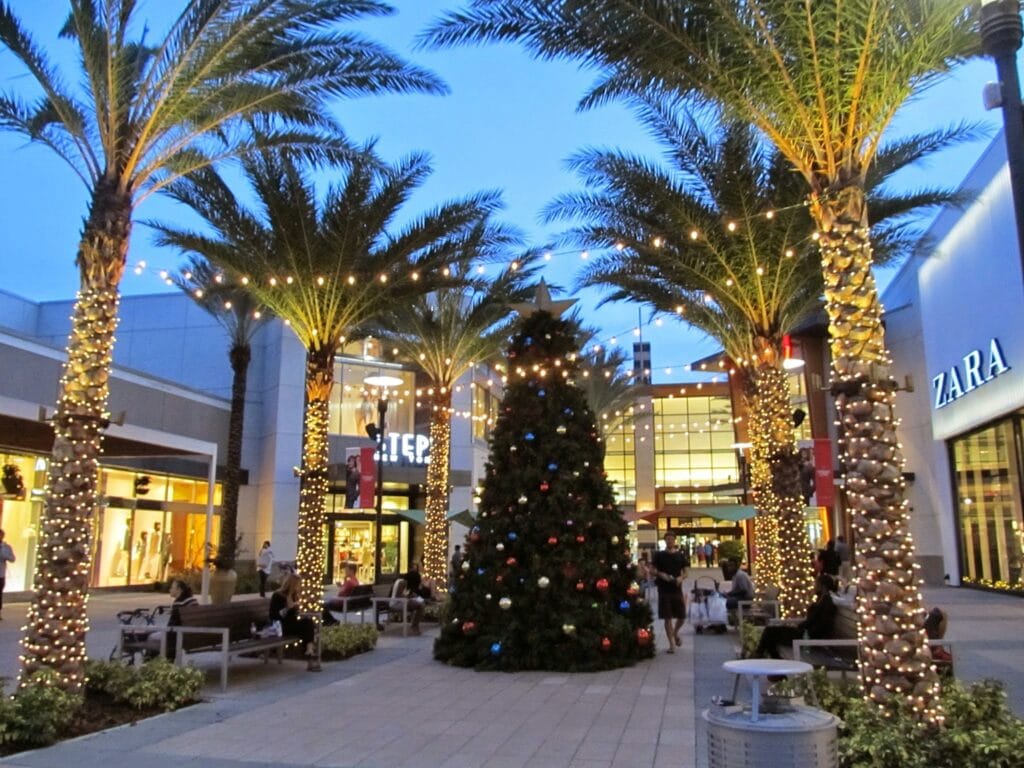
🍀

